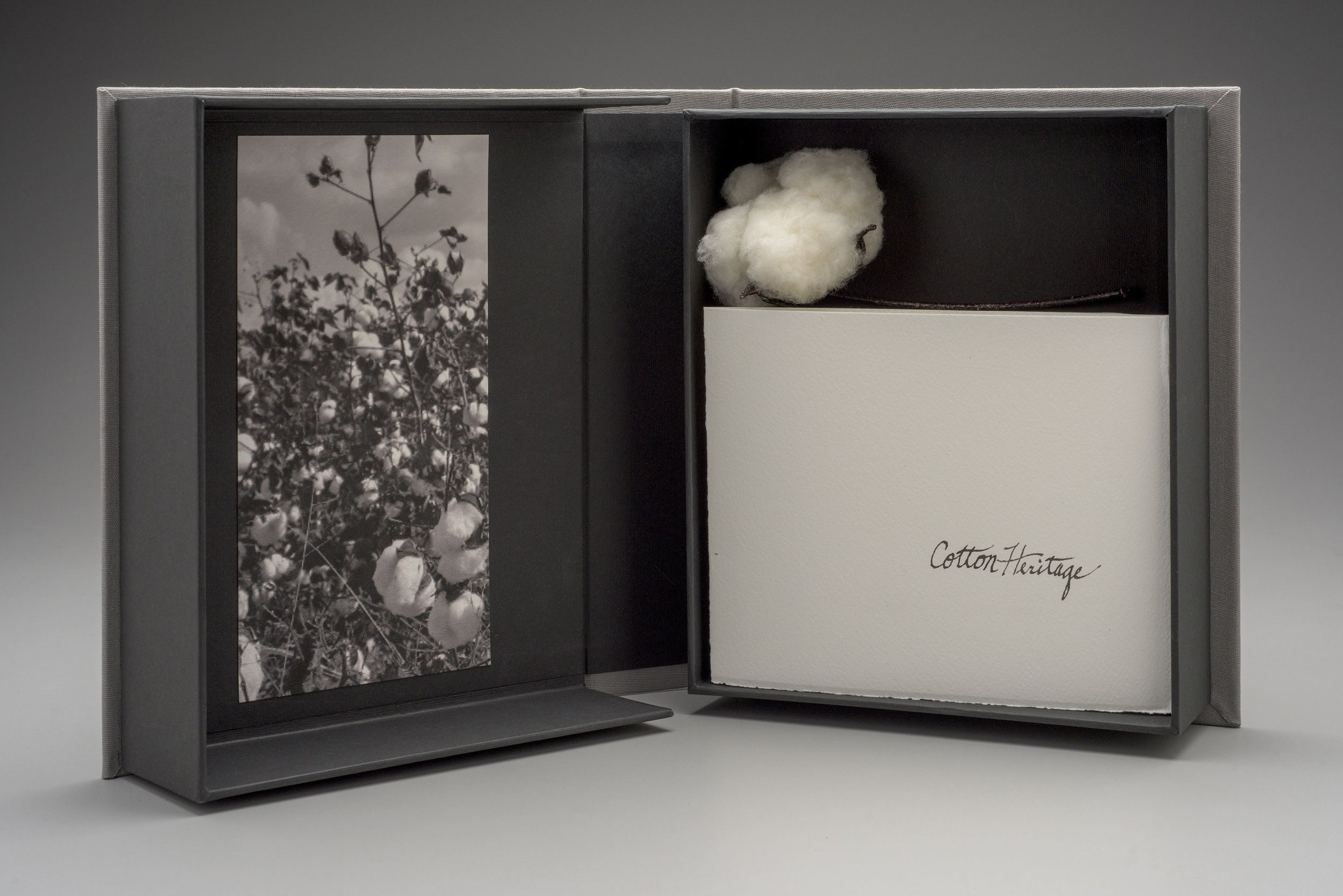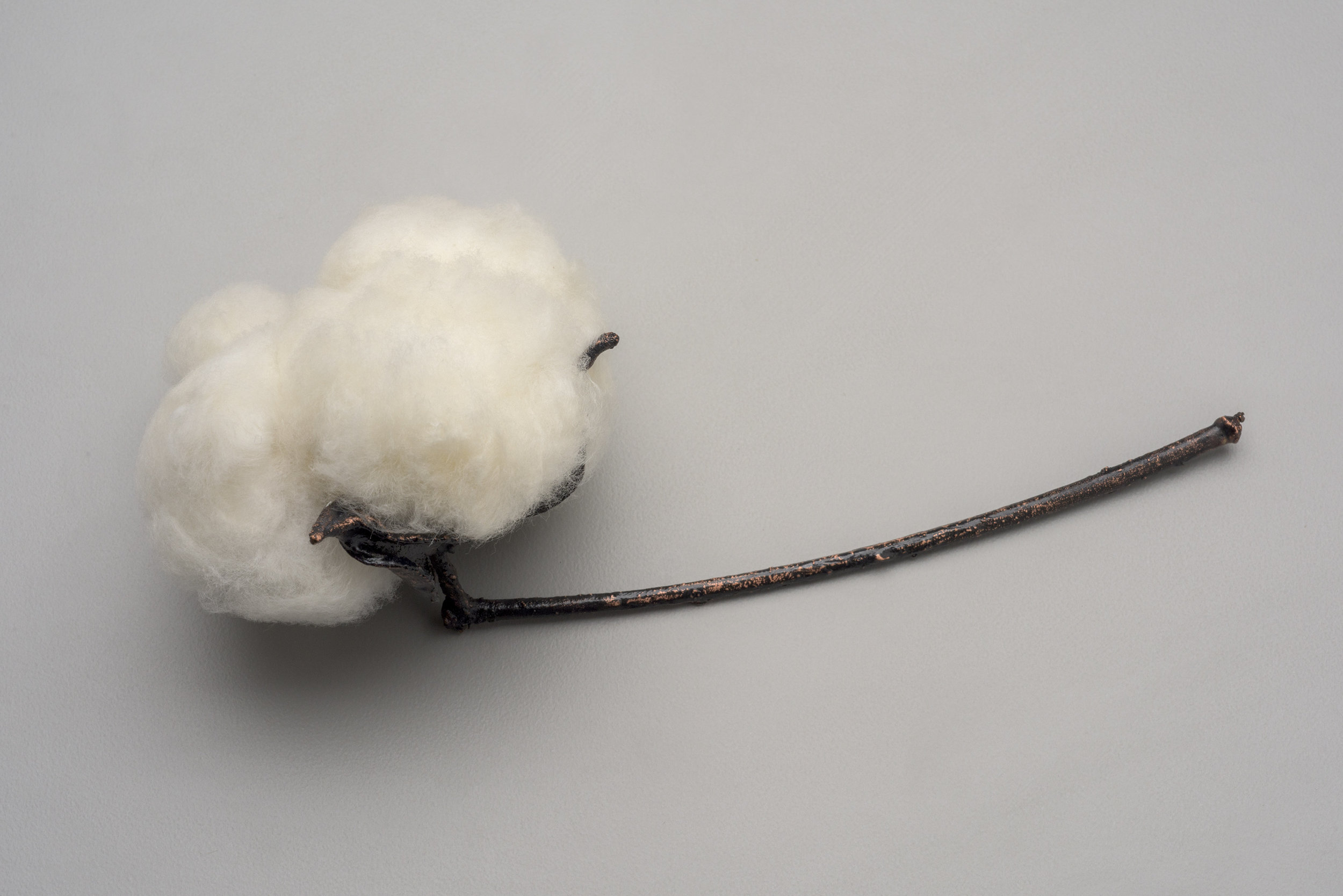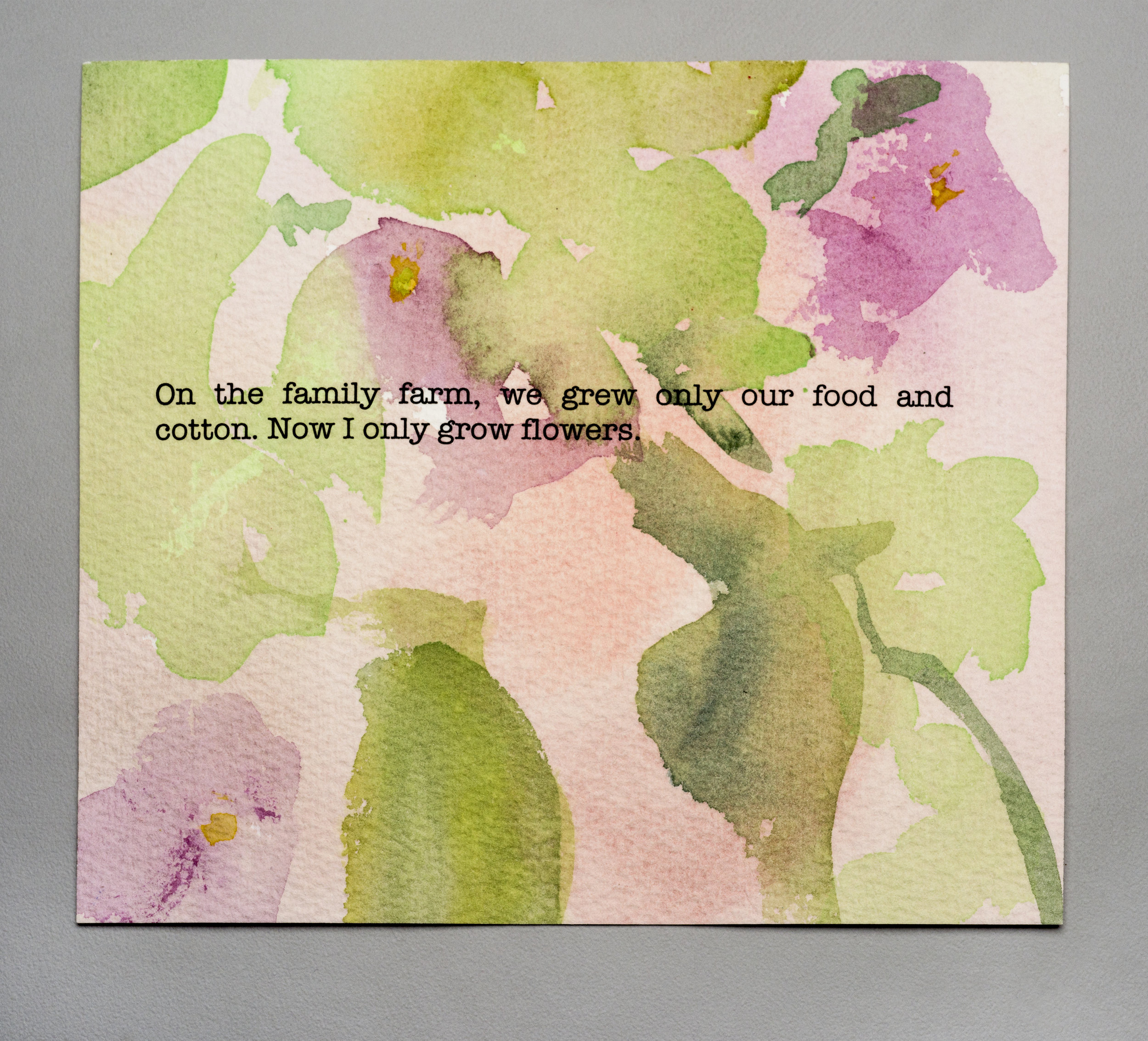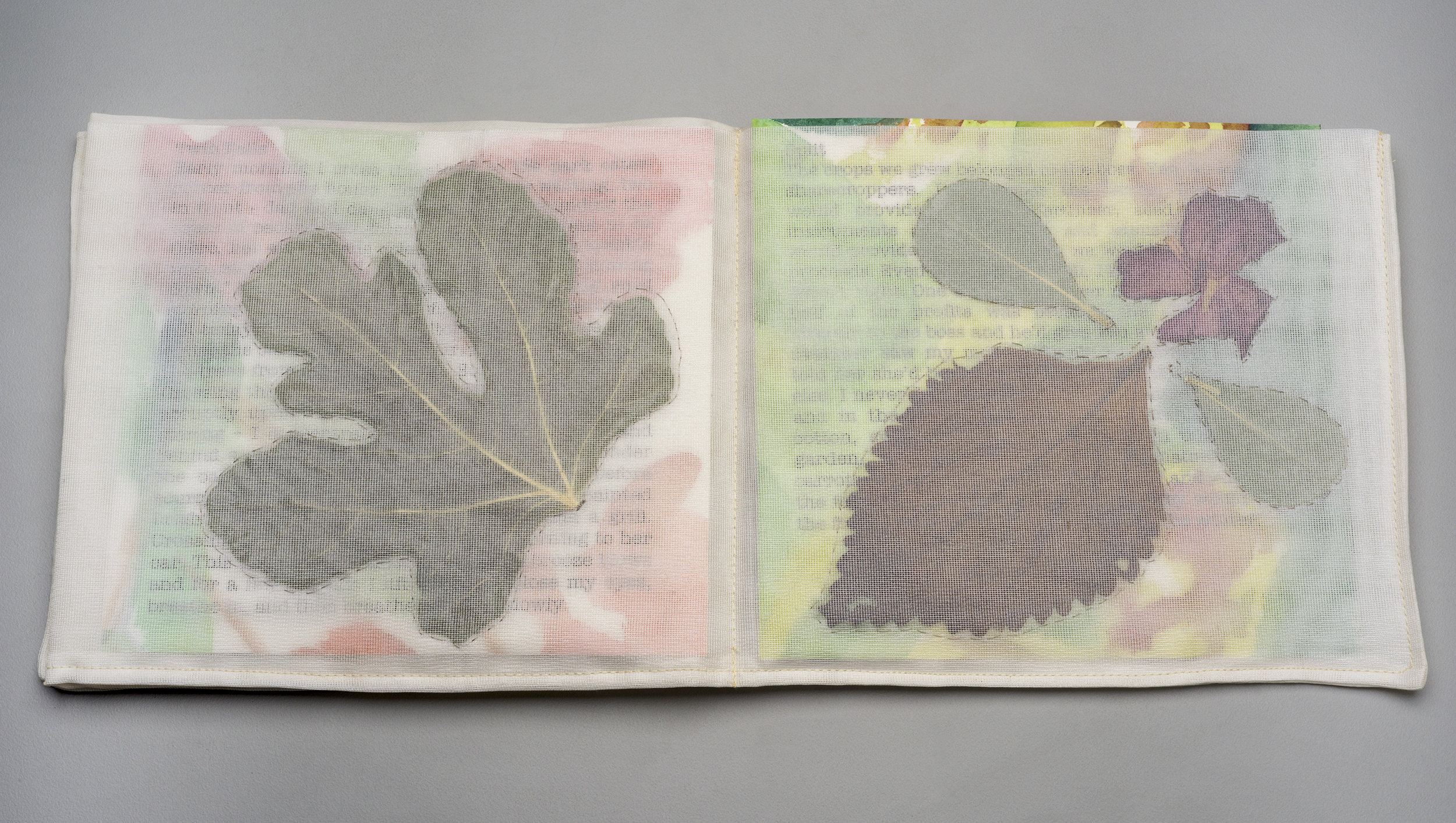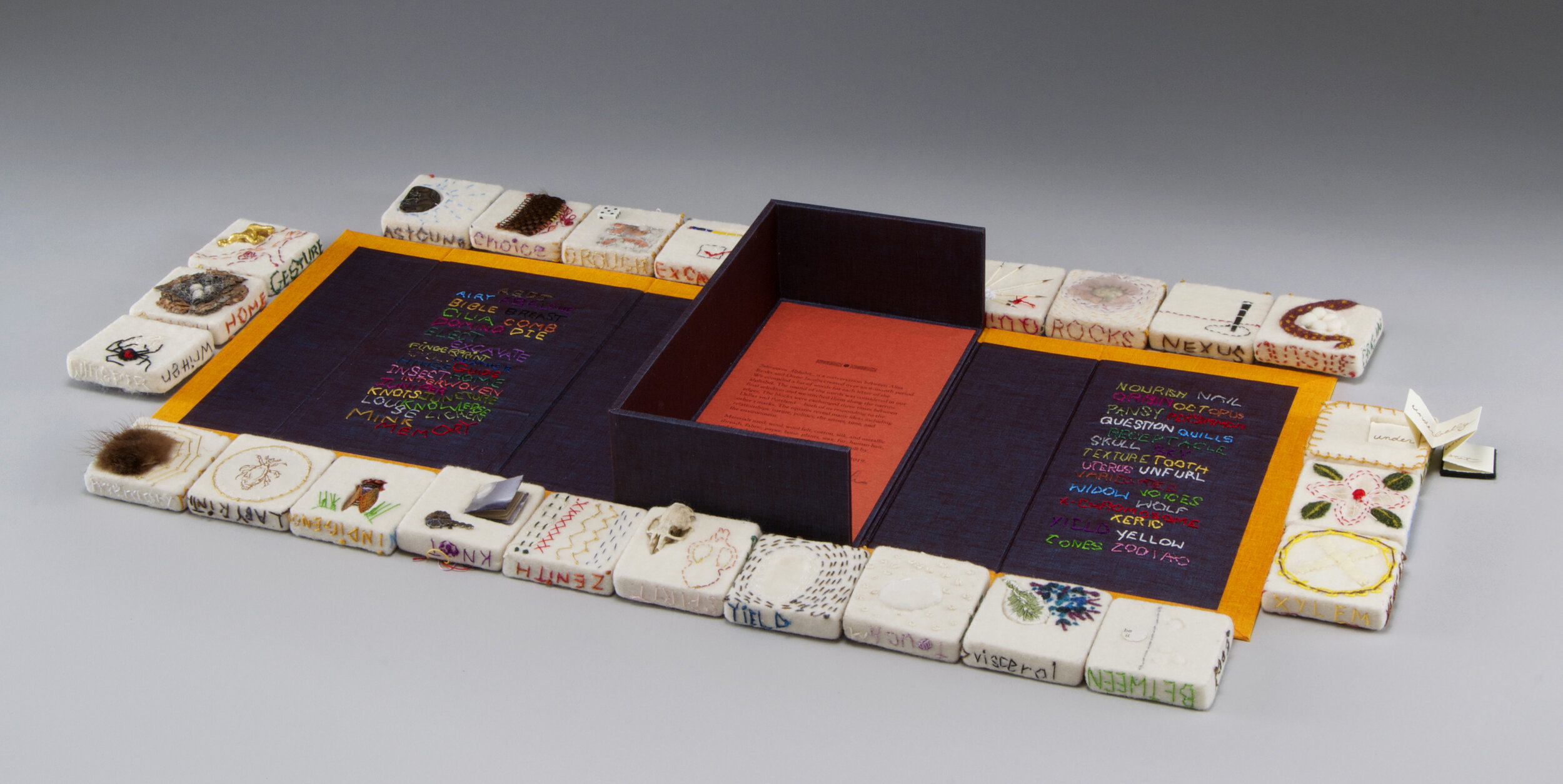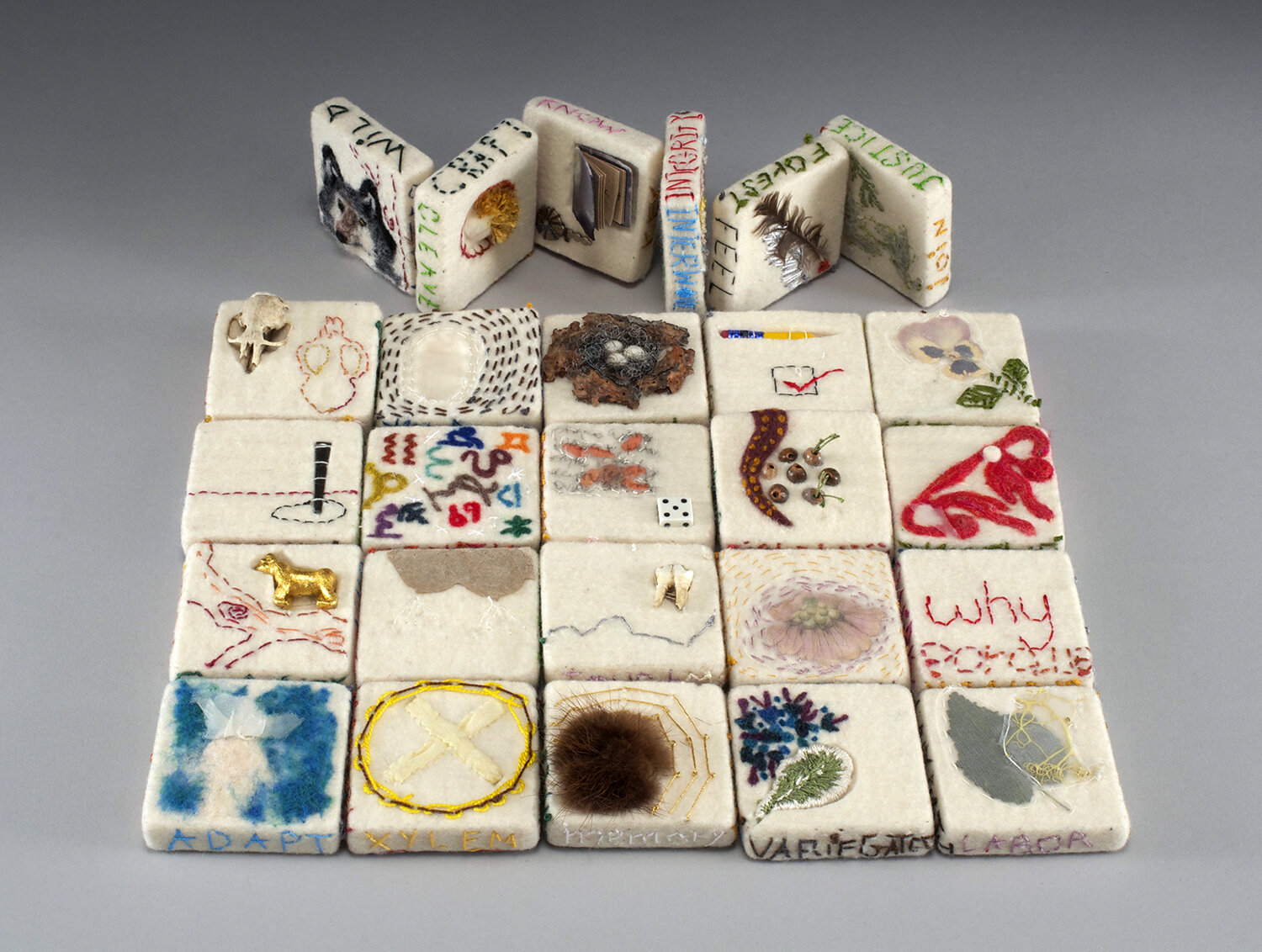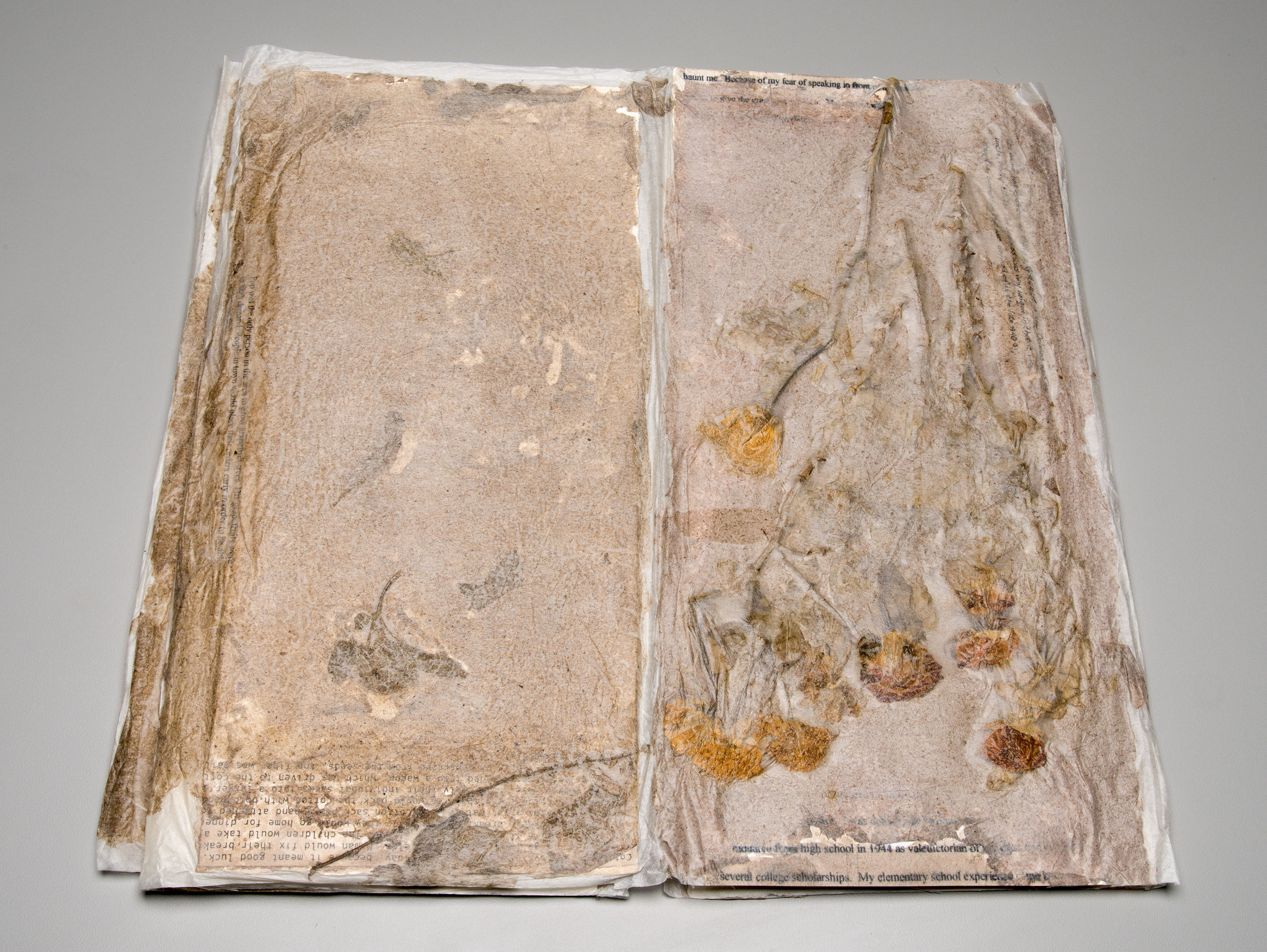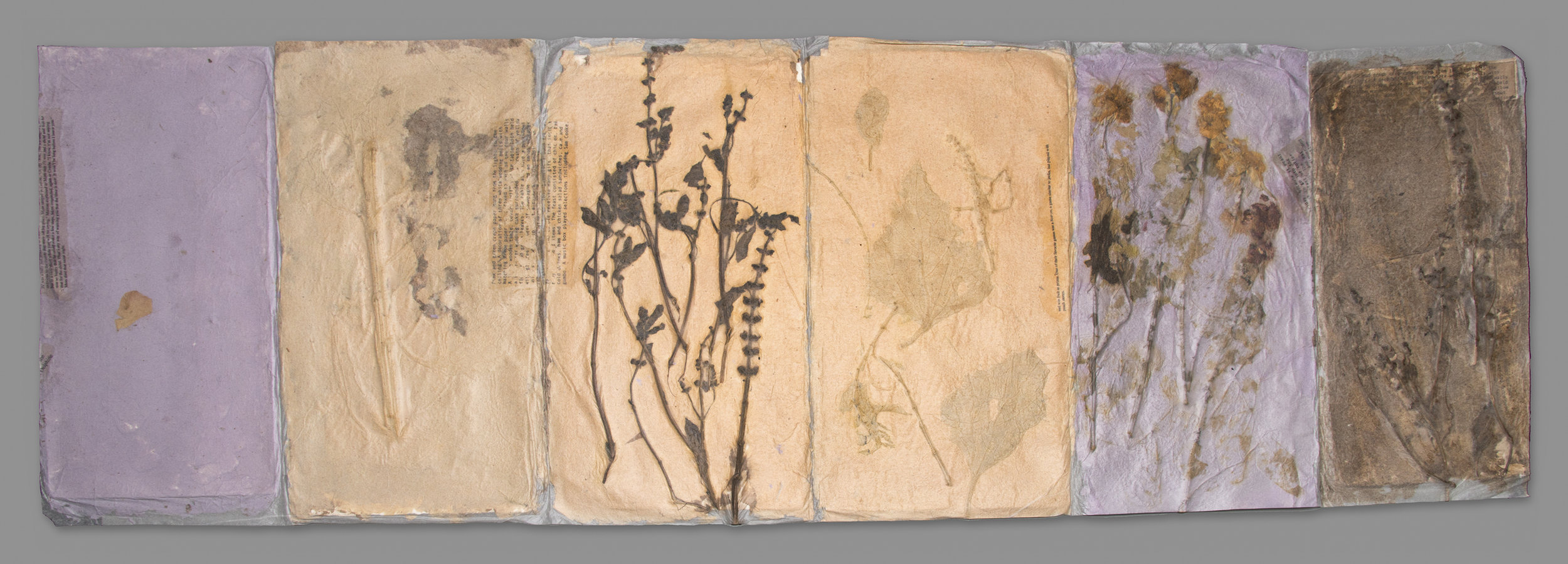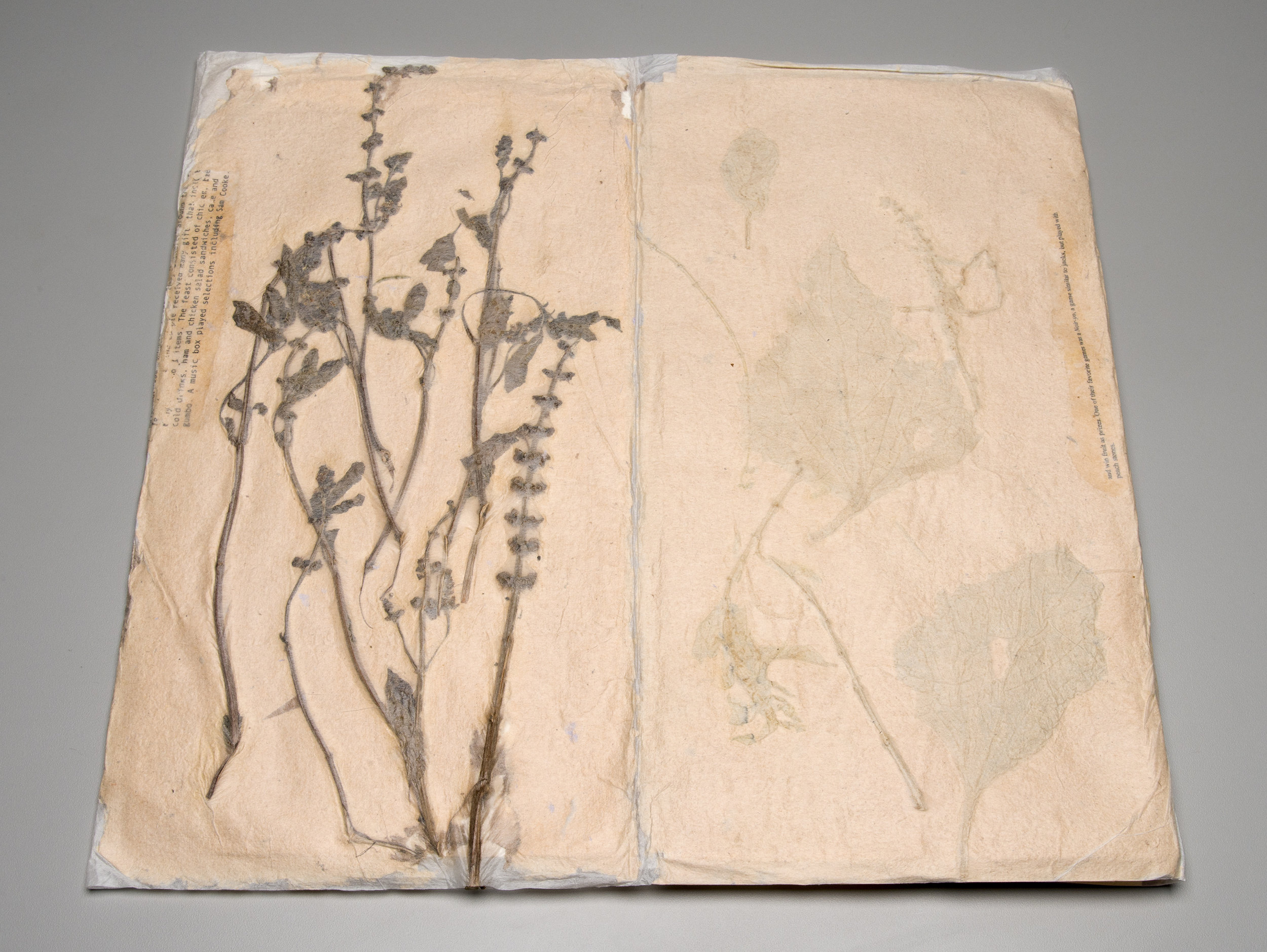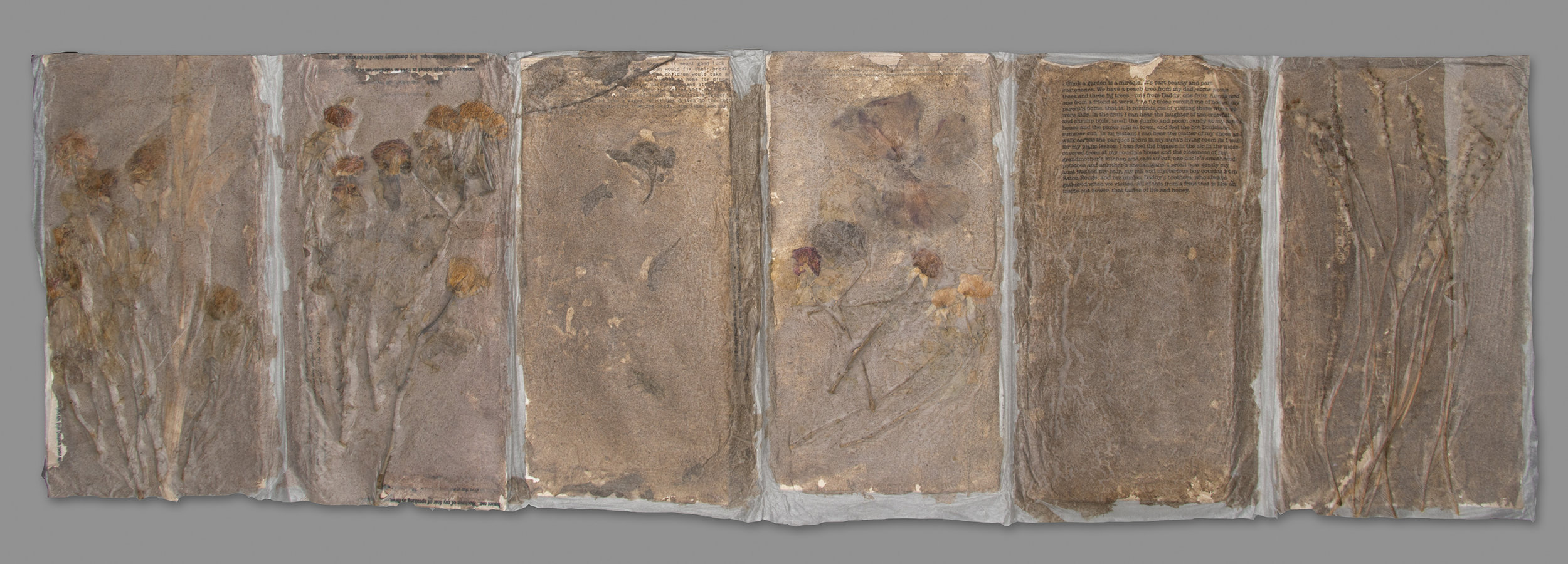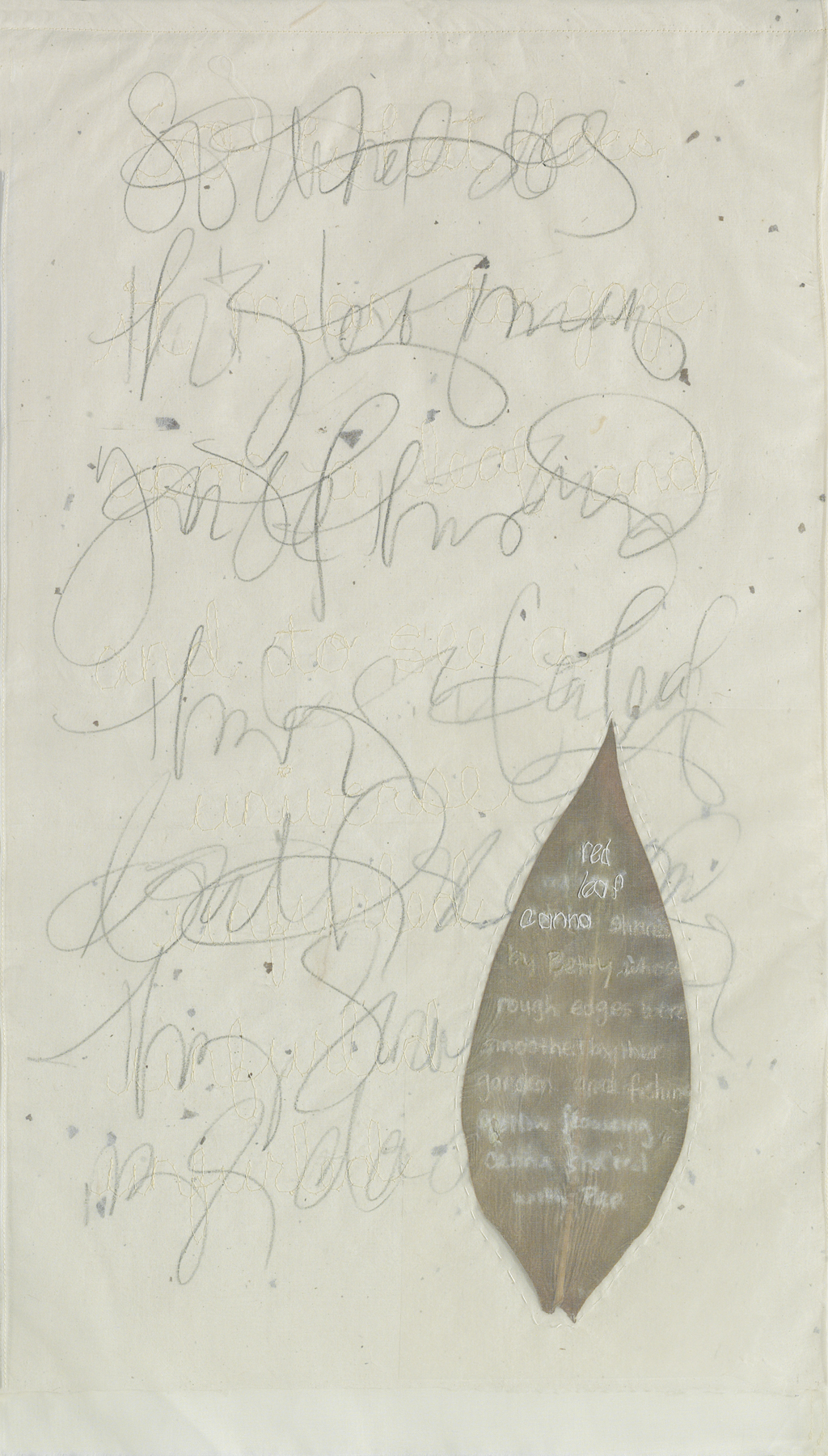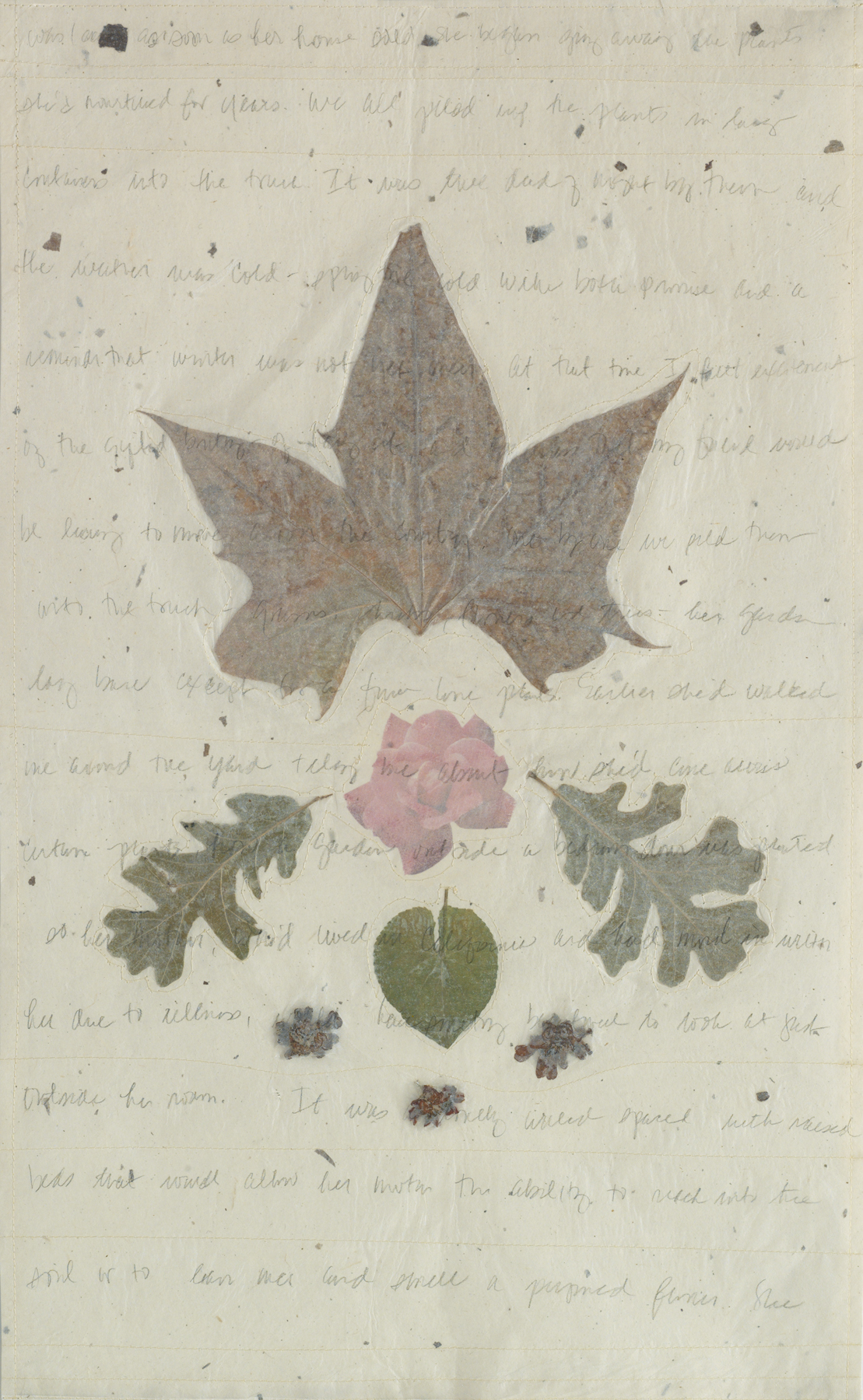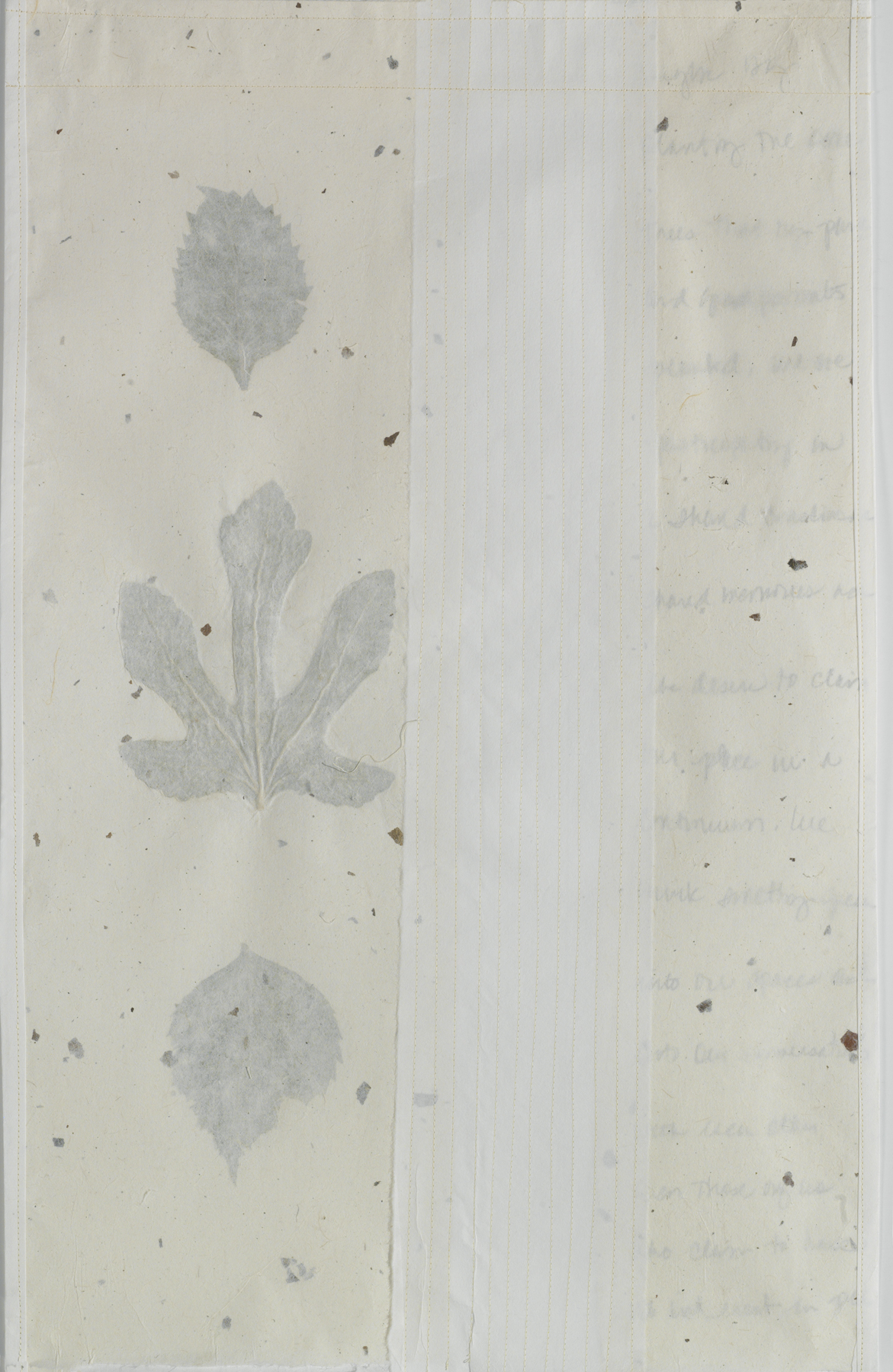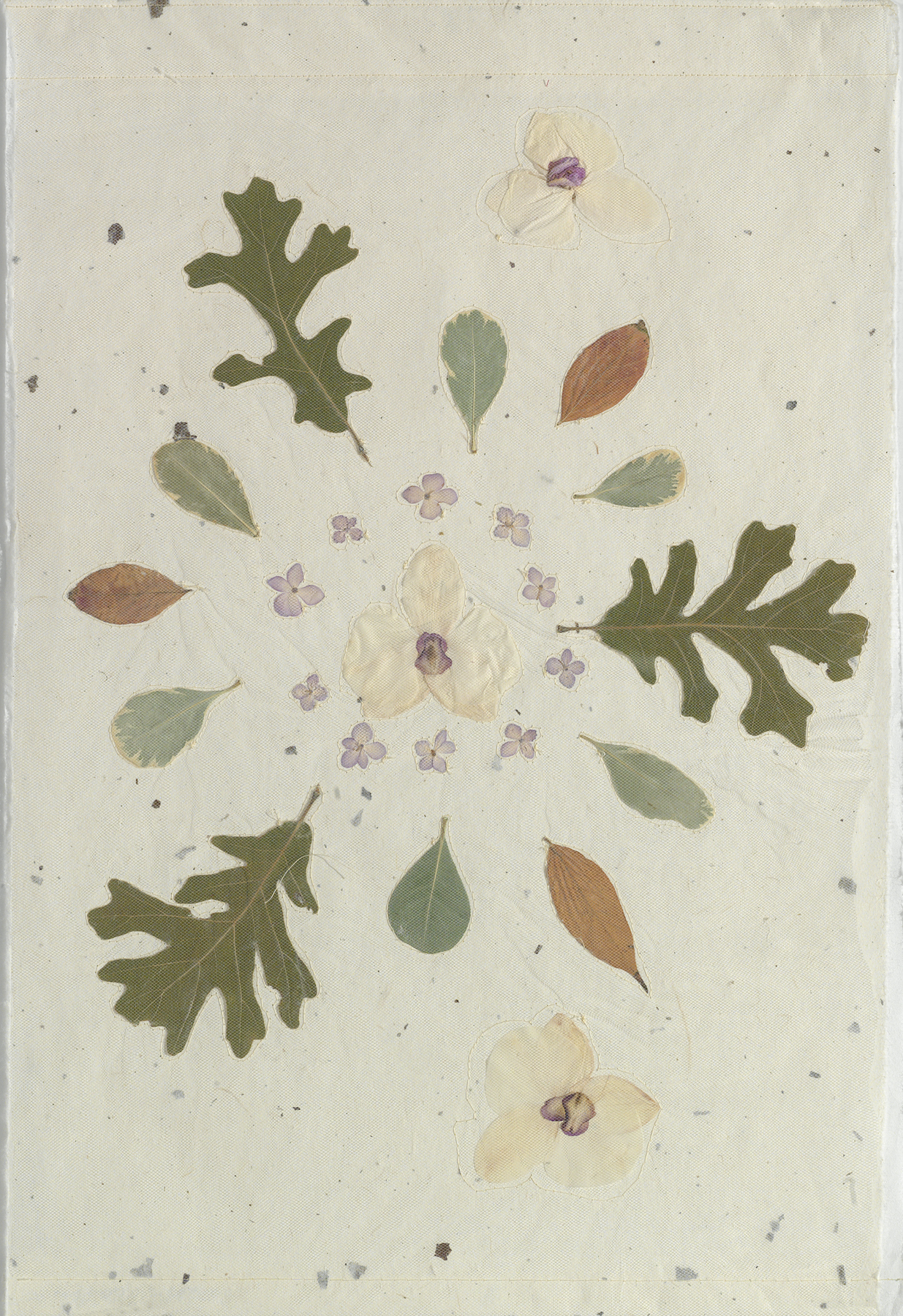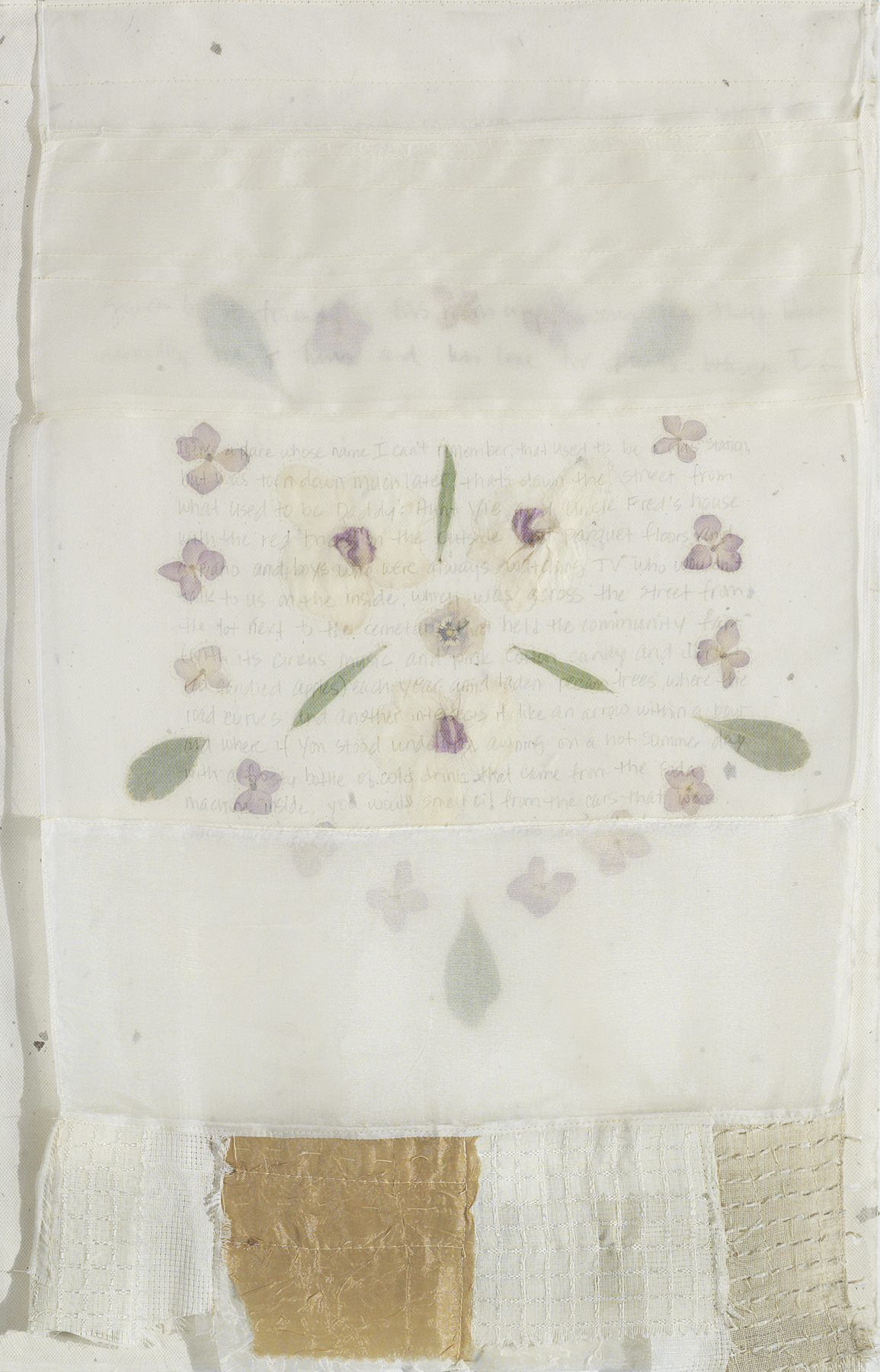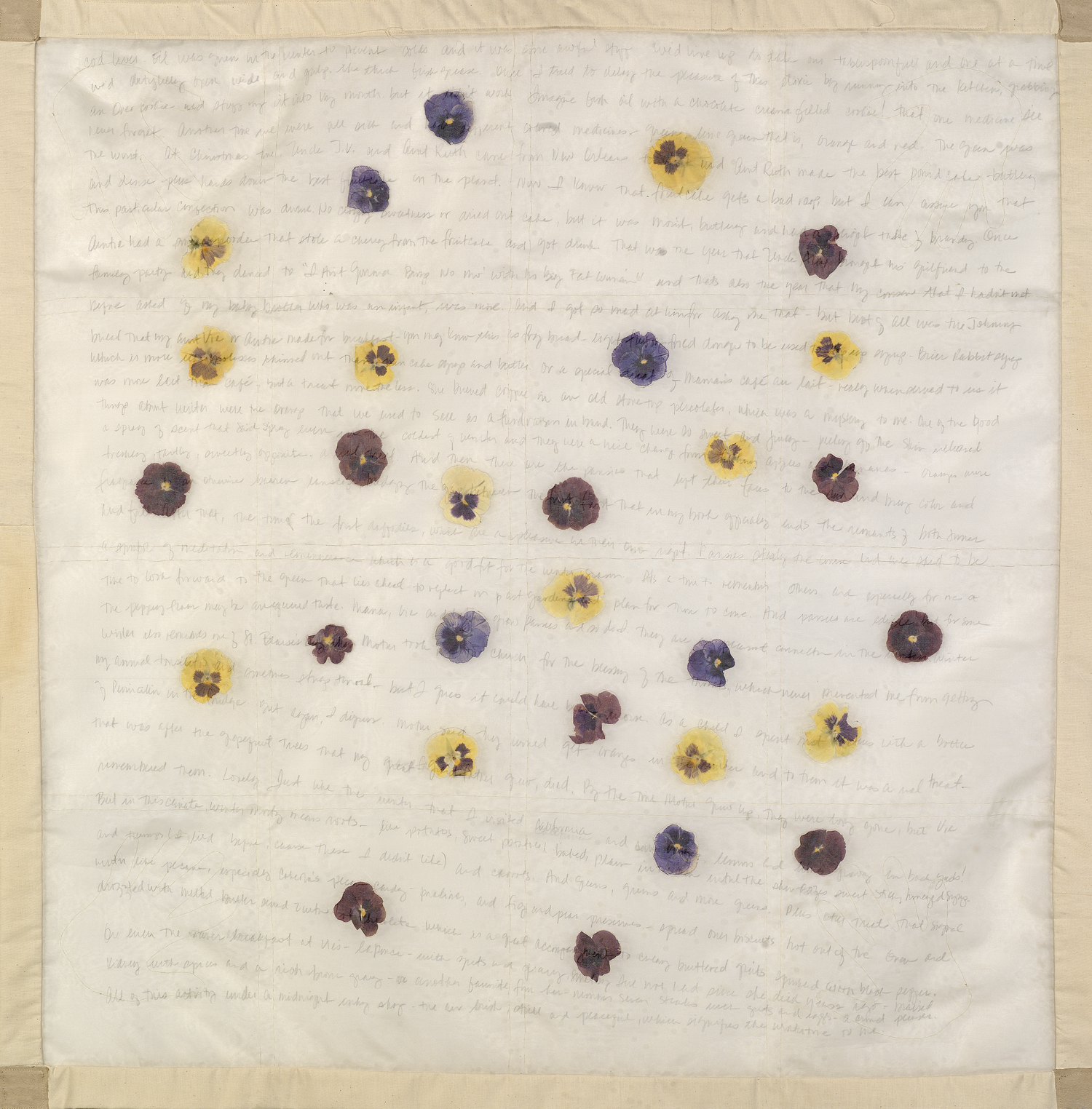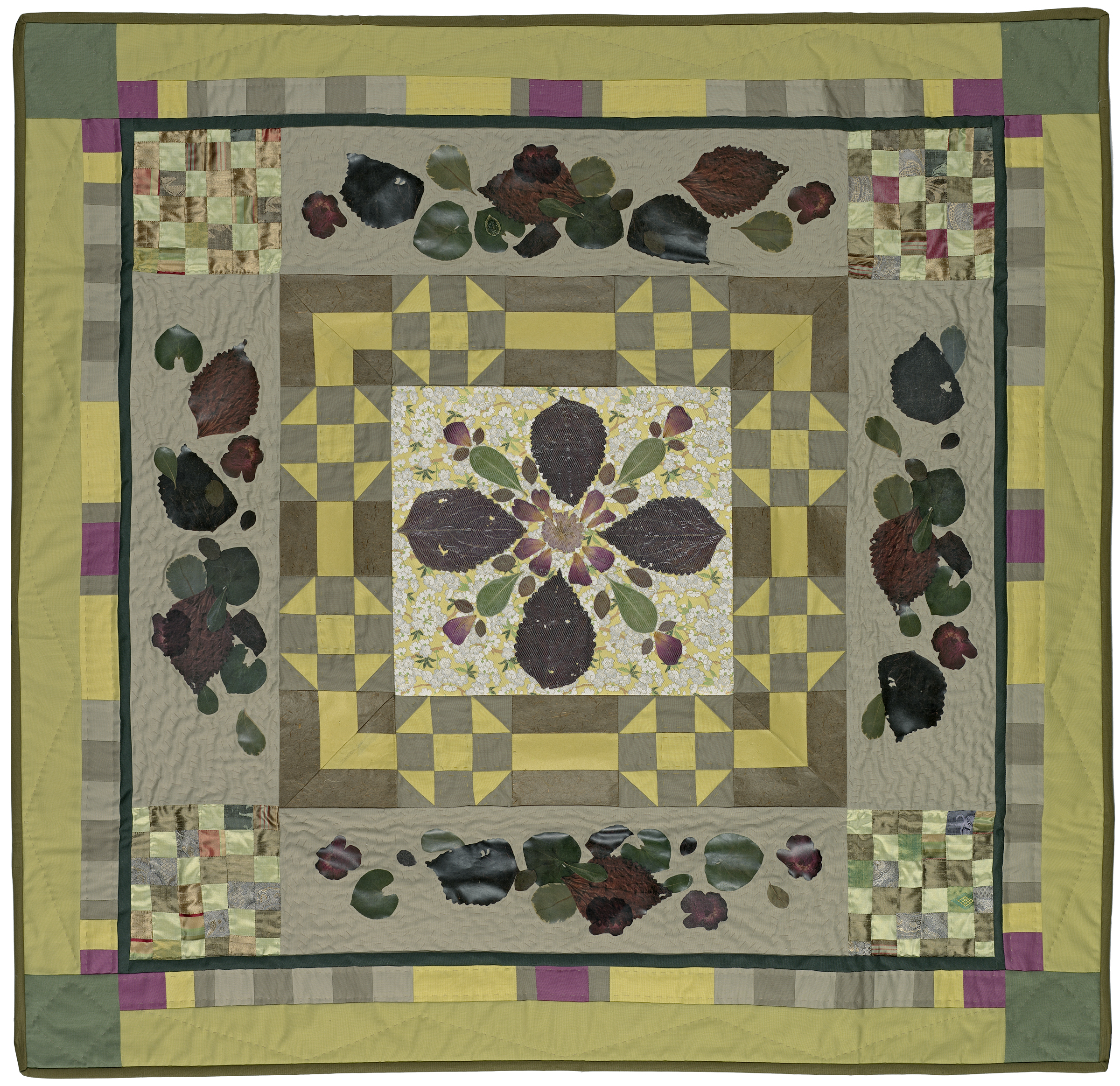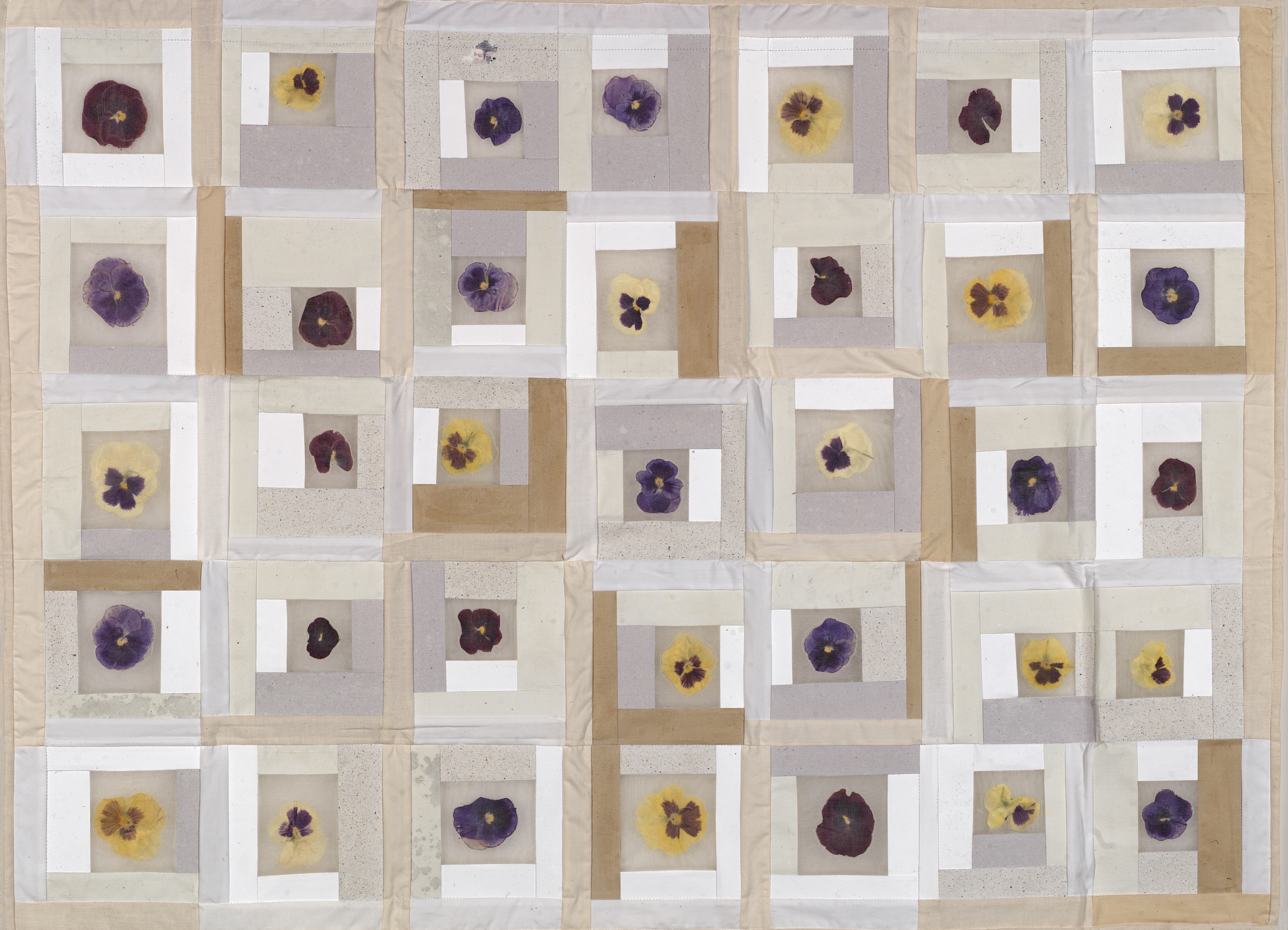Terrain
A proud sun stood in a crystal blue sky while a steady breeze swept over the ground. Our dad woke us early that morning and we grudgingly rode to the community gardens in the family station wagon, laden with tools, bikes and Beauty, our dog. The gardens were located at the outskirts of the military base – a patch of land cleared and turned over, the smell of cool moist earth and upturned green weeds met our noses. Garlands of small red flags attached to wooden stakes tied together to mark each family’s boundary, whipped in the wind. This was the morning we were to plant carrots and green onions. Each of us stood straddled over a furrow, dropping seeds as evenly as we could into a shallow trench, while anxiously awaiting the chore to be over in order to explore the surrounding wooded area on our bikes. Once the trenches were covered with soil, the tops gently tamped down, our dad carefully watered each row by placing a thumb over the opening of a garden hose to disperse the flow of water. Afterward, not giving the planting ritual much thought, we rode bikes around the woods, and to our delight, discovered a clearing with great hills of dirt – perfect for biking and for Beauty’s explorations which allowed her to proudly return with an occasional souvenir such as a dead mouse.
Eventually, the dark brown furrows yielded tender green plants, which grew to full-sized onions and carrots among other vegetables that, along with the black soil, scented the air when harvested. Picking time brought an awareness of the garden as a miracle – a small seed yielded an edible treat destined for the plate. Over time, an appreciation of this miracle – part beauty, part sustenance – developed, as well as the discovery that others felt the same. Far from our ancestors’ agrarian lives, we planted fruit trees, vegetables and flowers in our urban and suburban spaces, shared bulbs, cuttings, seeds and harvests with family and friends. Each gift served as a reminder of times shared and connections to our pasts and to future hopes.
Gardens are often spaces that offer invitation to visit, and aspects of gardens and gardening can conjure powerful memories. For example, the fig is a signifier for: the laughter of crawfish and shrimp boils, the smell of gumbo and pecan candy at an aunt’s house and of the paper mill in town, the feel of the hot Louisiana summer sun. Figs bring to mind the clatter of shoes on the parquet floors of a great aunt’s living room as her students await their piano lessons; the bigness of the air under moss-covered trees at a cousin’s house, the closeness of my grandmother’s kitchen and the smell of chicory coffee; the gentle way an aunt washes our hair; tall, mysterious boy cousins from Baton Rouge.
Gardens can, regardless of size or configuration, allow for the extension and ordering of home and offer a place for quiet contemplation, a gathering place for boisterous groups, or a spot for intimate conversation. They reflect aspects of the owner’s personality, and often contain objects that communicate on multiple levels. In this context, a garden is a vehicle that explores notions of home and connections to past, present and future.
